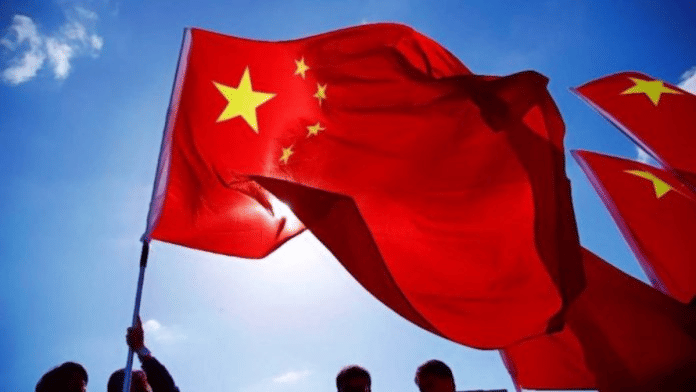China’s current economic story is one of transition rather than decline. The factors that have previously driven its high growth in gross domestic product (GDP) are receding, such as real estate and high export volumes, and are increasingly being replaced with advanced technological and manufacturing strategies and techniques.
In a distinct move away from high-speed growth and economic volume, China’s leadership is intent on enhancing the quality and sustainability of economic development and improving the well-being of the people. Focusing on specific sectors provides the space for strategic resource allocation and accelerated development of key industries, all reflecting this shift.
Following three decades of remarkable GDP growth, which has transitioned the country from low to upper-middle income status and lifted tens of millions of Chinese out of poverty within a generation, today’s dominant Chinese economy news story is about its short-term structural challenges: overbuilding, high debt levels and government regulations that have caused a real estate slump, as well as youth unemployment, depressed consumer spending, supply chain disruptions, an ageing population and high local government debt levels. The spectre of stagnation looms from falling prices and subdued growth.
These weaknesses can’t and shouldn’t be discounted but the narrative should also include China’s industrial dynamism – particularly in advanced technology, manufacturing and financial services.
China is moving towards the cutting edge, and in certain areas, such as the ownership and supply of critical materials, it is already leading the pack. There is a growing shift from an economic model favouring heavy investment in physical capital and real estate towards a nimbler growth focused on high-quality products and services. If the authorities get this transition right, China’s industries will power a vibrant domestic economy and play an important fiscal role globally in the coming decades.
Economic evolution and global impact
In some respects, this builds on its earlier narrative. For years, economists debated when – not if – China would outpace the US economy as it consistently returned growth rates of between 8% and 10%. Recent figures from the International Monetary Fund (IMF) show that China is in the position of contributing more to global GDP growth than any other economy, including the combined economies of the Group of Seven, in the next five years.
This growth, however, will depend on pursuing a package of pro-market reforms. If China gets this right, the IMF has said that its economy could grow faster still, amounting to a 20% expansion of the real economy – adding $3.5 trillion – in the next 15 years.
The “if” is the part that is creating short-term concerns, exemplified in rating agency Fitch’s decision in April to downgrade China’s sovereign credit rating to negative – a decision rooted in the uncertainty the shift in economic growth model is creating.
More positively, China has a strong track record of economic management – and evolution. It is only part way along the path of transforming the economy and the structural issues it currently faces aren’t unique. It has a range of policy levers and resources available to address specific problems. The authorities are changing policy but looking at their focus on particular industries provides an idea of where the Chinese economy is going and its wider potential.
One of the most notable changes is China’s foreign trade structure, which indicates an industrial upgrade. This is exemplified in the “export new three” – its focus on electric vehicles, lithium batteries and photovoltaic modules. Uncertainty aside, it is clear that China’s competitive advantage is steadily moving up the industrial chain, with intermediate and capital goods making up an increasing share of its exports.
Technological and industrial leadership
There are other important markers of its transformation. China’s focus on research and development is evidenced by the fact it is the world’s largest patent filer. It has the second-largest number of technology unicorns – 369, as of April, with an average value of $3.8 billion.
When it comes to the World Economic Forum’s Global Lighthouse Network – a community of manufacturers demonstrating leadership in using advanced technologies to transform factories, value chains and business models – China is the country with the largest concentration of manufacturing lighthouses. There are more than 150 lighthouses in the network, more than 40% of which are based in China, all of which have demonstrated high levels of productivity and the adoption of the most advanced sustainability practices.
During a period where politics is polarized, our platforms play a pivotal role. Through the Forum’s 22 global industry communities, 10 centres and events such as the Annual Meeting of the New Champions, all international stakeholders can engage in a neutral space. This helps foster dialogue and cooperation, which is invaluable in these fractured geopolitical times.
By shining a light on China’s economy at the industry level, stakeholders better gain a holistic, impartial overview of the current state of China’s economy and its longer-term outlook. This provides the necessary detail to make informed investment strategies and resource allocation decisions.
The growth and transformation of China’s economy are subtle but powerful. China’s economic transition isn’t going away and will become ever-more relevant to international business, politics and of course, the global economy itself, well into the 21st century.
This article was first published on CGTN.






